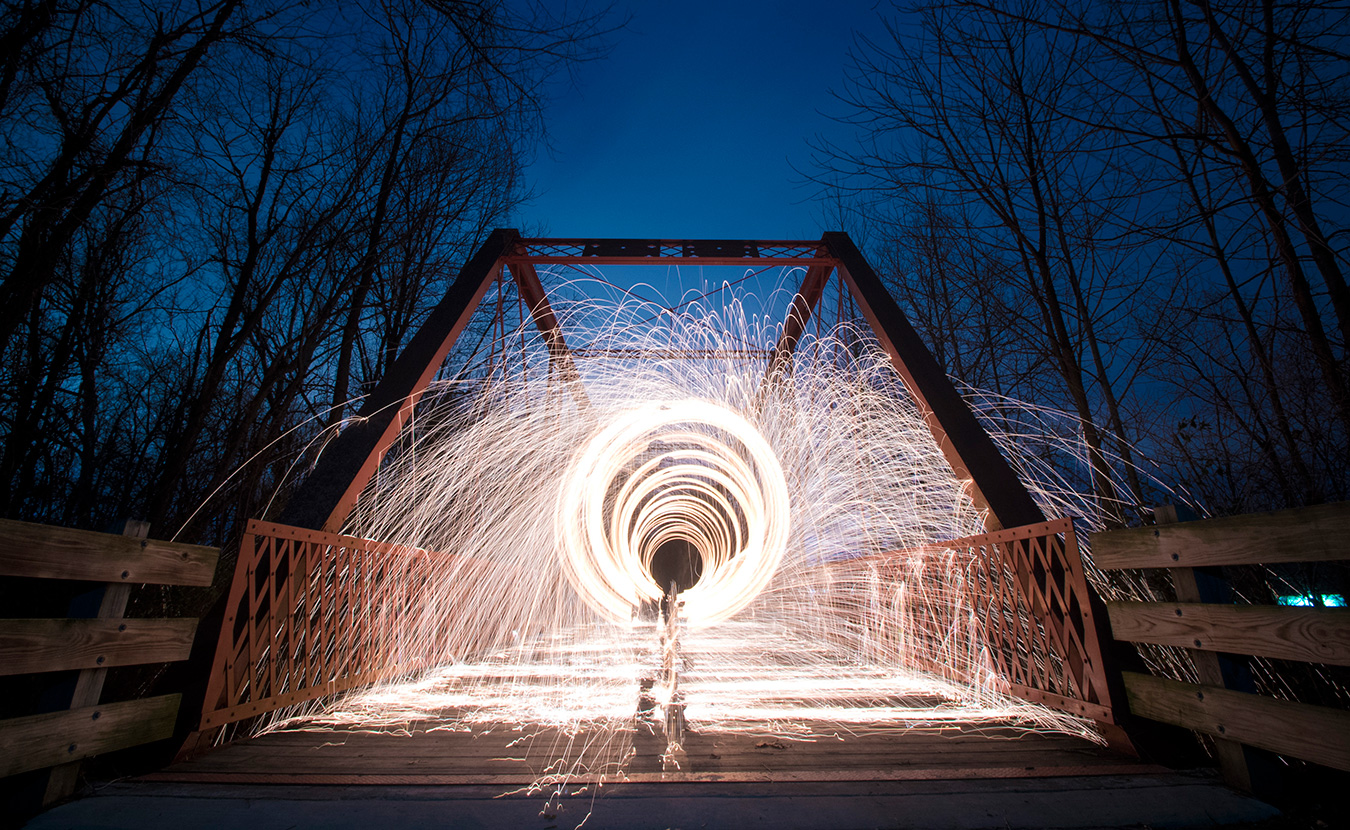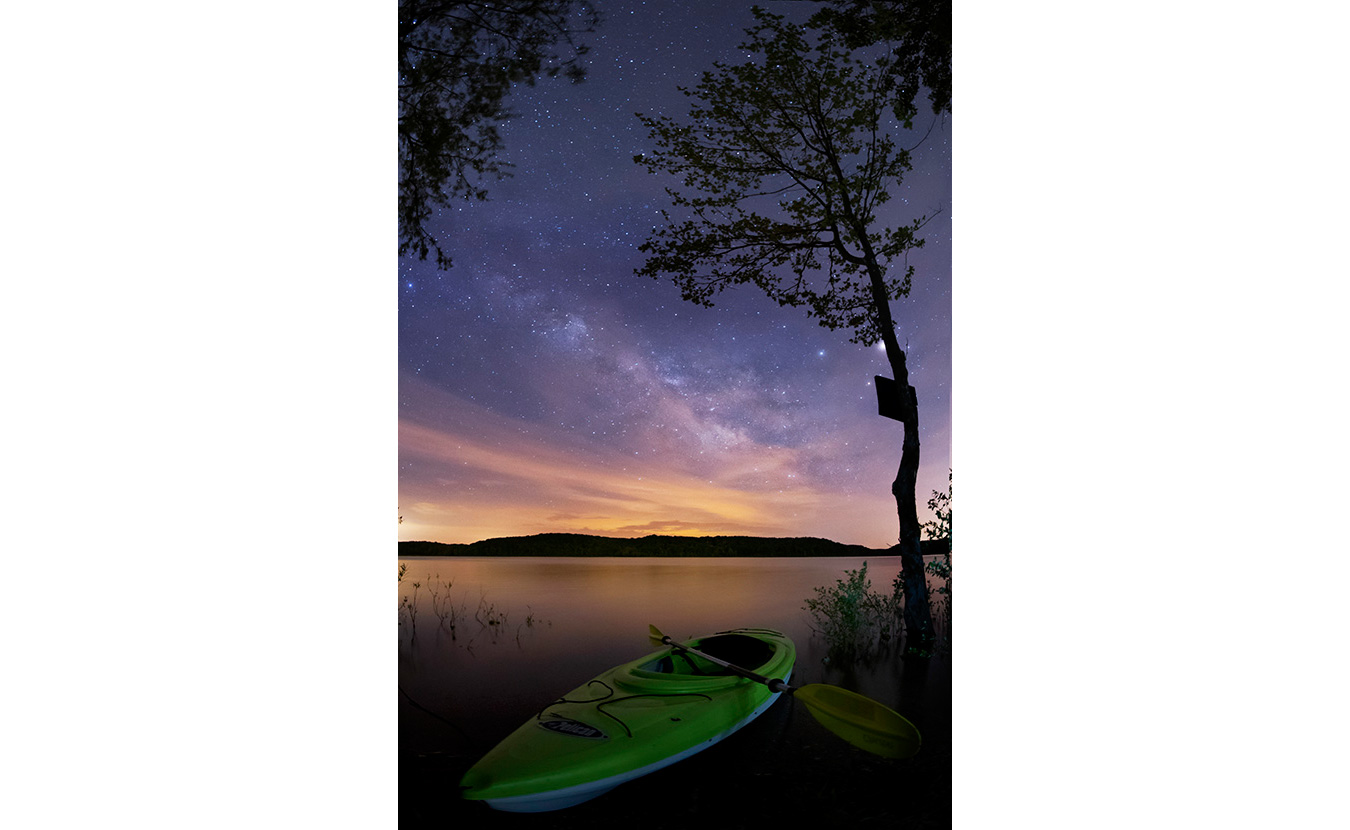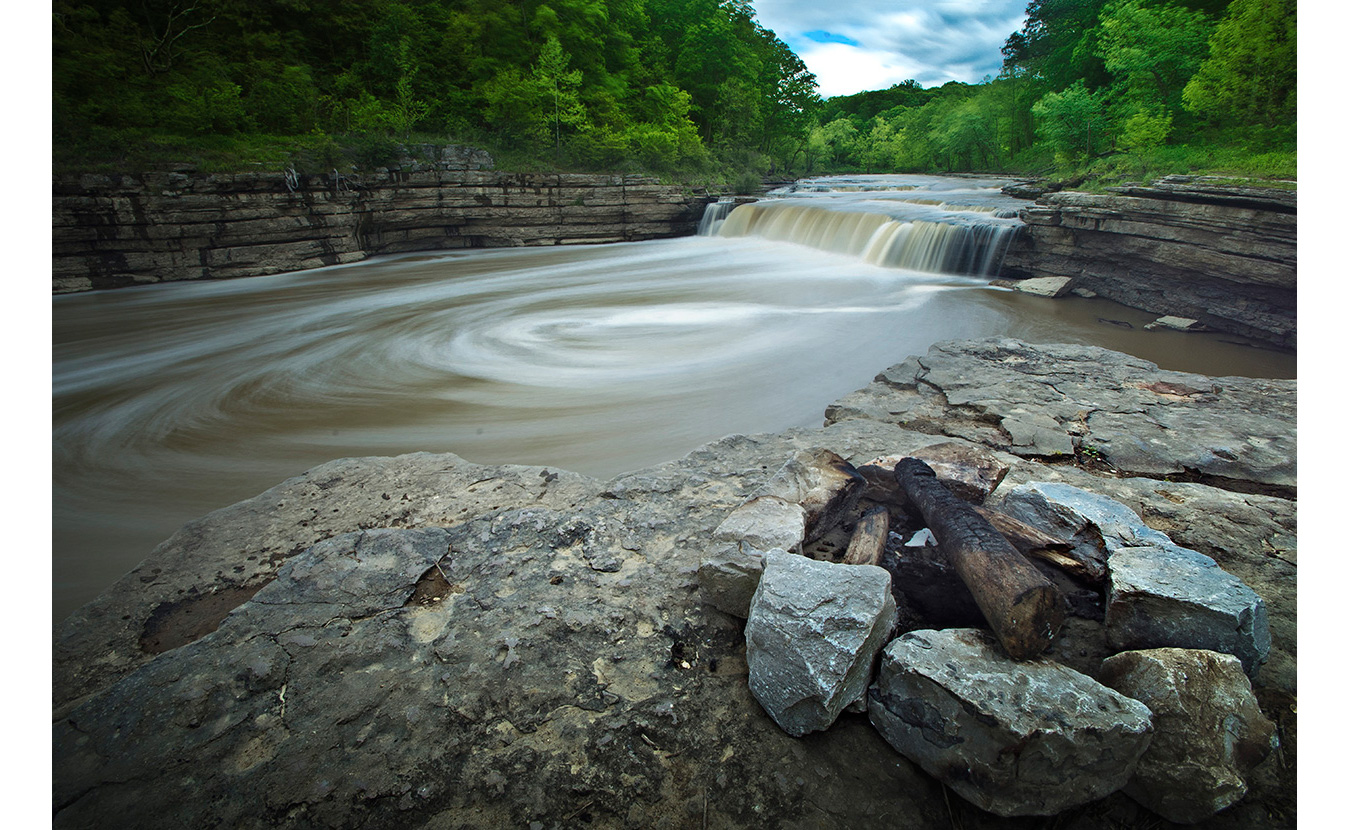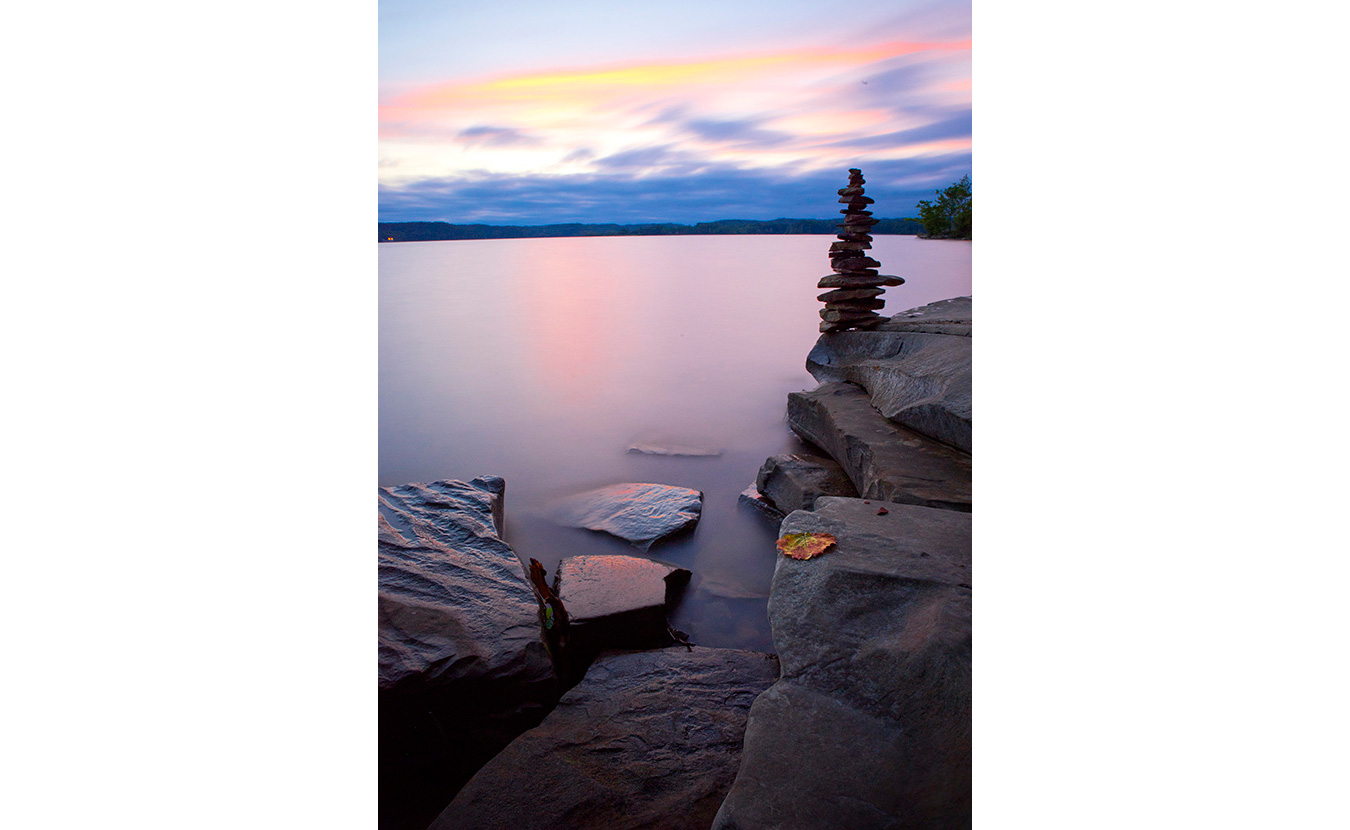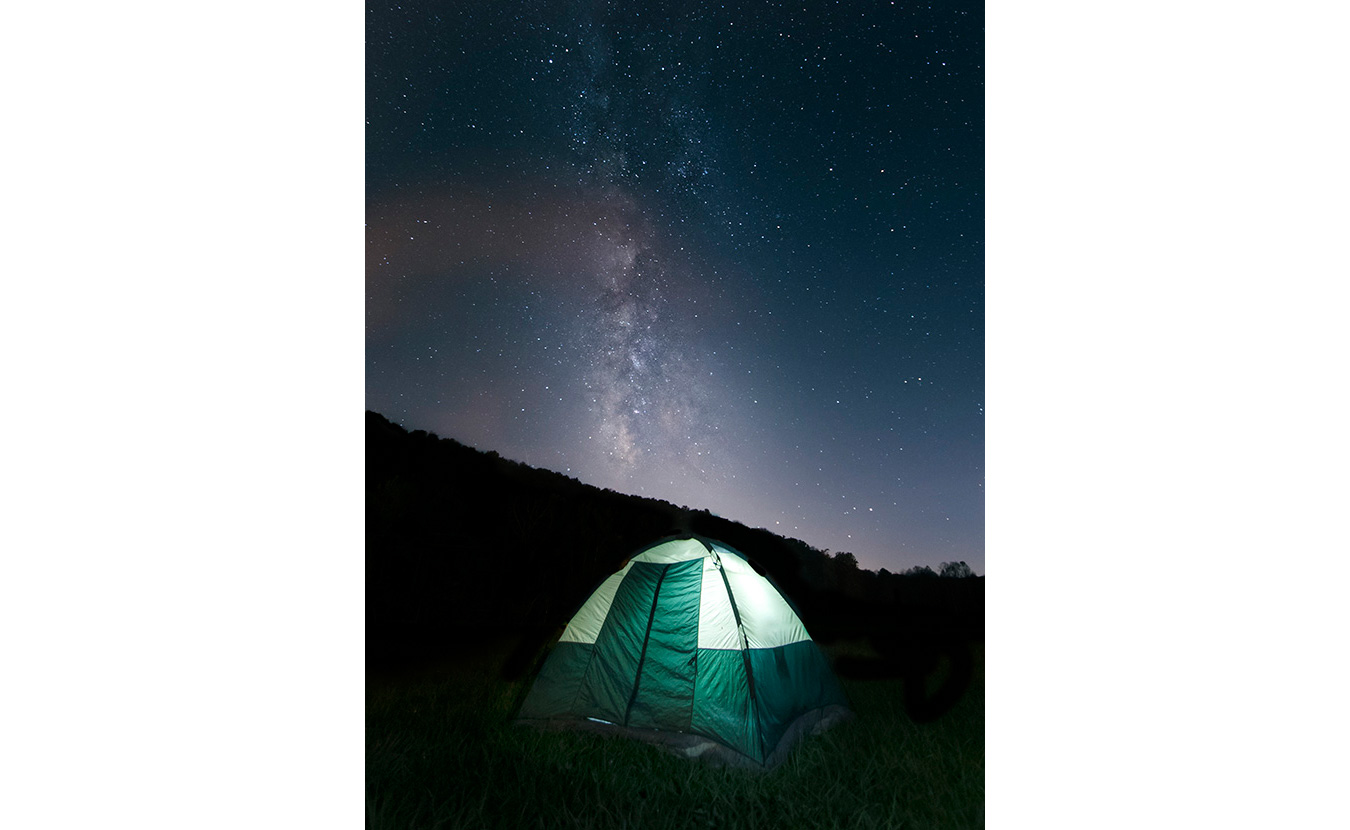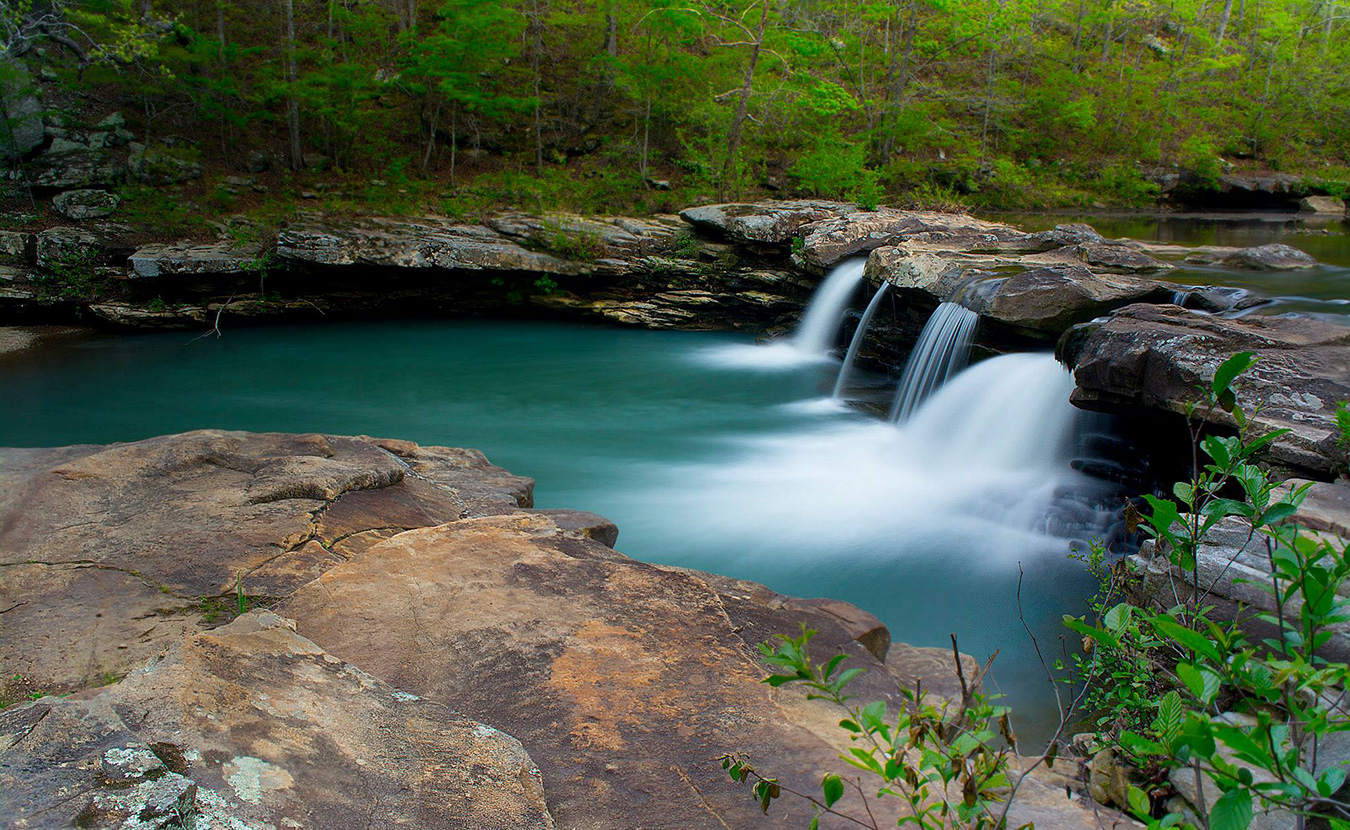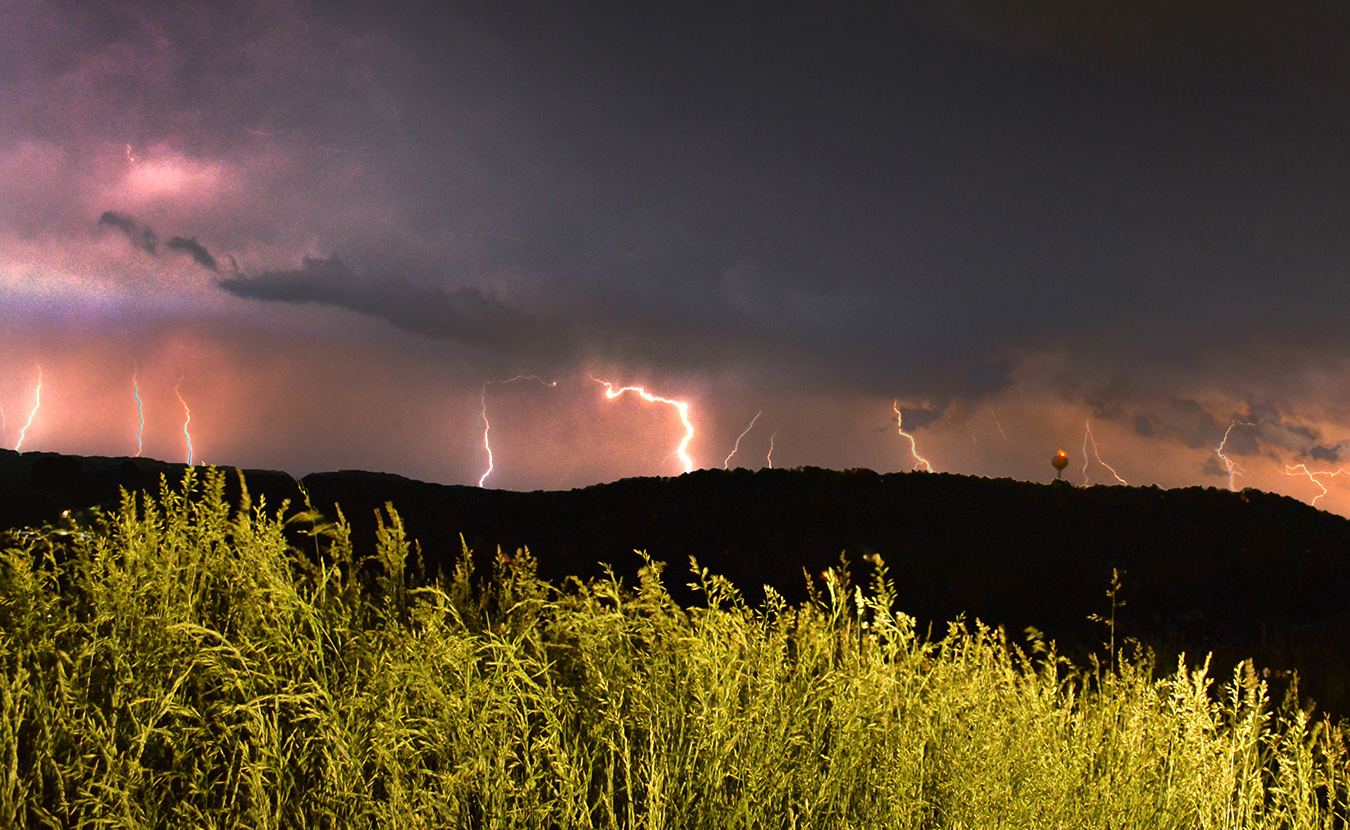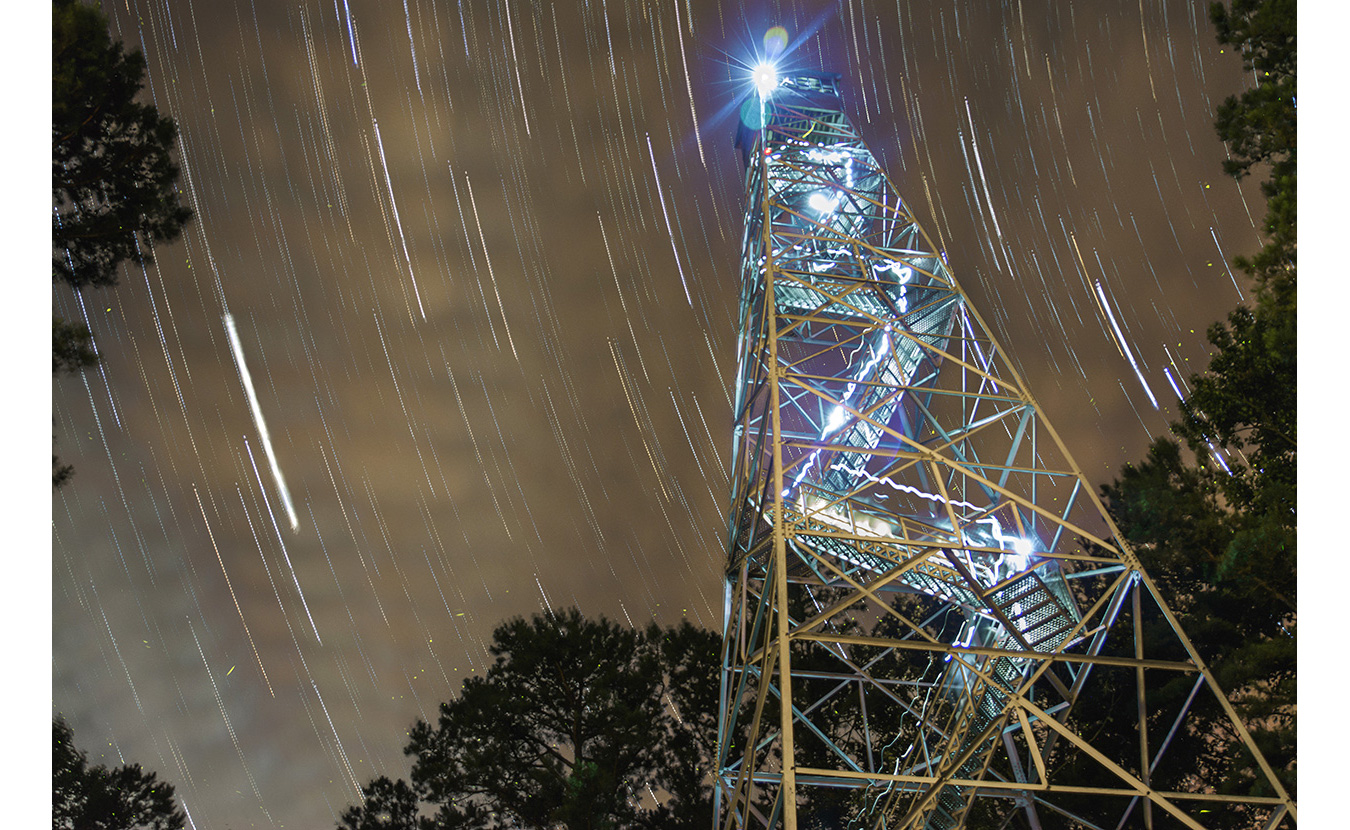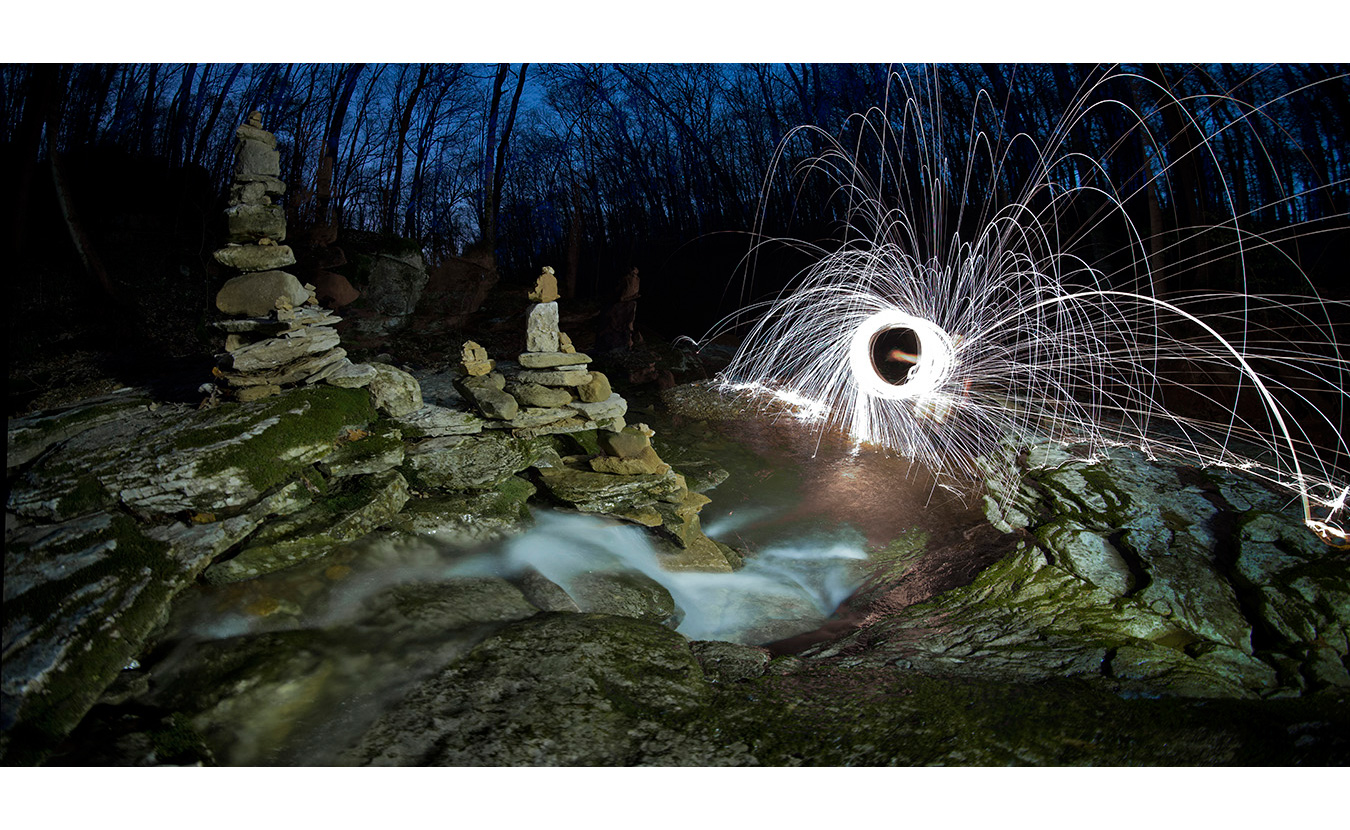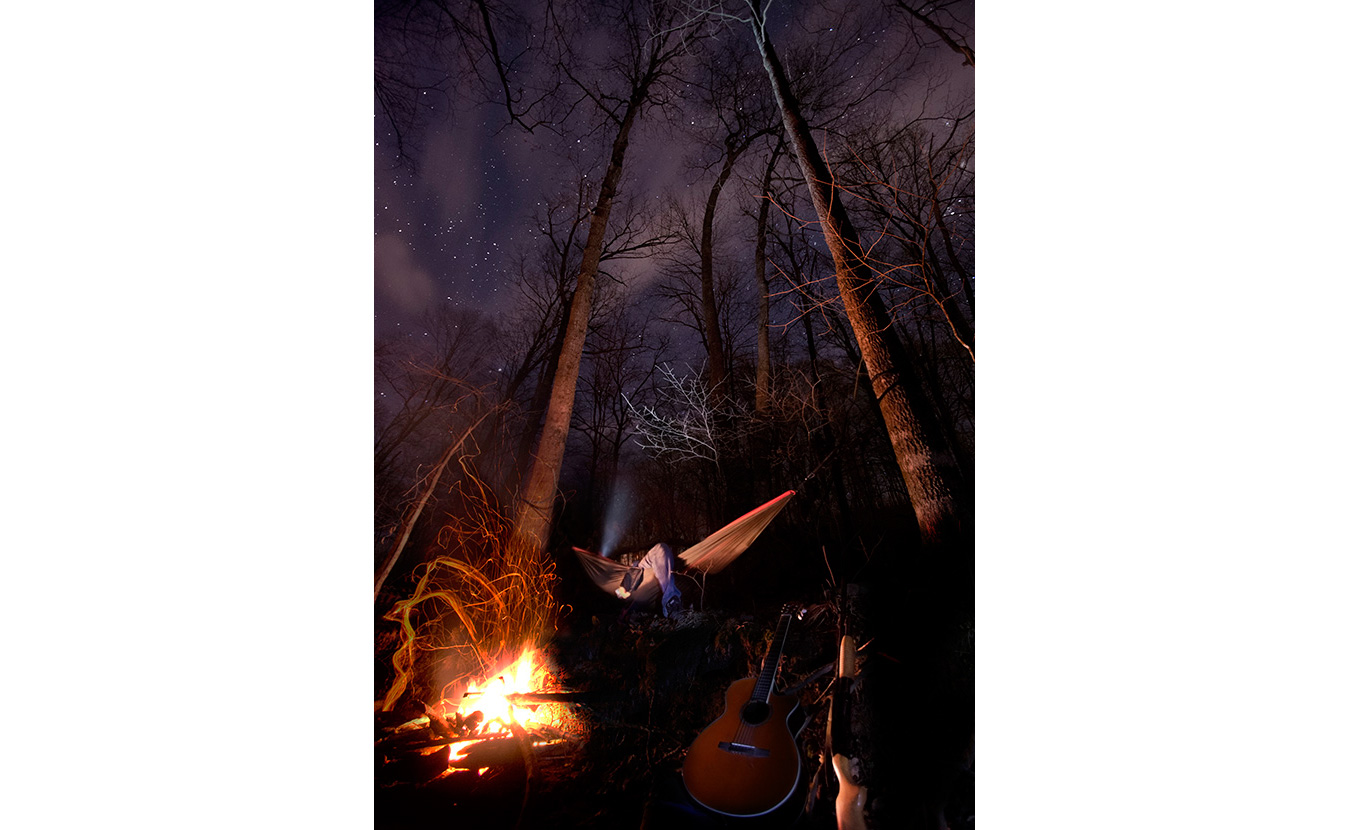While Nathan Clark’s photography business covers weddings, family reunions, and other events, his creative work focuses on the outdoors — landscapes, time exposures, and wide angles. But his favorite subject is the stars. “The first time I got a Milky Way shot,” he says, “I was hooked.”
Clark has explored different fields of interest since high school. He studied biotechnology at Ivy Tech Community College in his hometown of South Bend and even worked briefly as an emergency medical technician. But those pursuits didn’t satisfy him. He became depressed, he says, and felt he needed a creative outlet. A counselor at Ivy Tech suggested he take a photography course, and, soon after, his photography teacher encouraged him to continue.
Clark then moved with his brother to Fayetteville, Arkansas, where he could practice his craft, especially with subjects related to his interests in geology and conservation.
Clark says he may have inherited his creativity from his parents. Both were artists — his father, who died in a house fire when Clark was 15, was an inventor whose patents included a solar-powered grill, and his mother hand-painted found objects. She died unexpectedly a few years ago. Clark says her death was hard on him. In time, though, he adds, “I saw a new chapter starting in my life.”
He invested in a higher-quality, full-frame camera and eventually moved to Bloomington. “Fayetteville and Bloomington are a lot alike,” he says. “They’re both college towns and have similar geography — a lot of opportunity to shoot outdoors.” Throughout his childhood, his family often visited Bloomington, he says. They usually stayed with Liz and Joel Tieman at their home near Lake Monroe. “So Bloomington was already like a second home to me,” he says, “and the Tiemans are like second parents.”
Lake Monroe is one of Clark’s favorite places to shoot, but he likes to venture throughout southern Indiana, particularly Lawrence County. His time exposures vary from 5-second shots of waterfalls to 25 to 30 seconds for Milky Way photos: “Any longer and you’ll get star trails,” he says. Clark also combines as many as 175 images to make one photo, allowing for shots of multiple lightning strikes or stars streaking across the night sky.
For nighttime photos, Clark experiments with the camera’s light sensitivity (ISO) and how much light is allowed in (aperture and shutter speed). He says investing in better equipment has allowed him to use higher ISOs without the image becoming too grainy.
For beginning photographers, Clark, who also works at Best Beers Inc. in Bloomington, suggests, “Invest more in lenses than in the camera body. The quality varies more with lenses than with camera bodies, and you can get more creative with them.”
You can see more of Clark’s work on Instagram at @nateclarkski.

